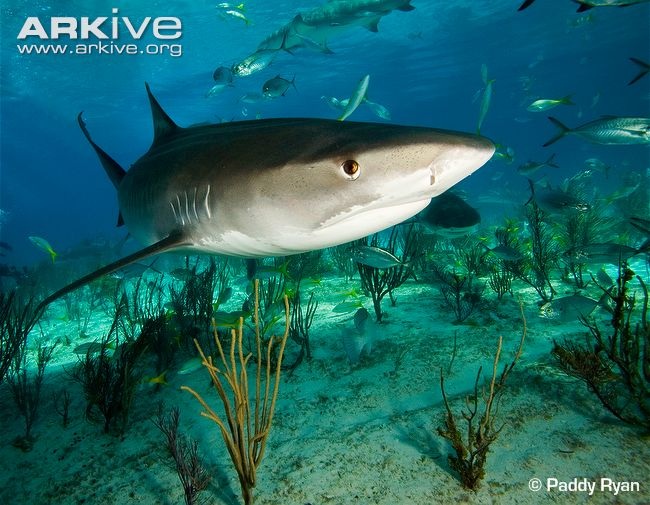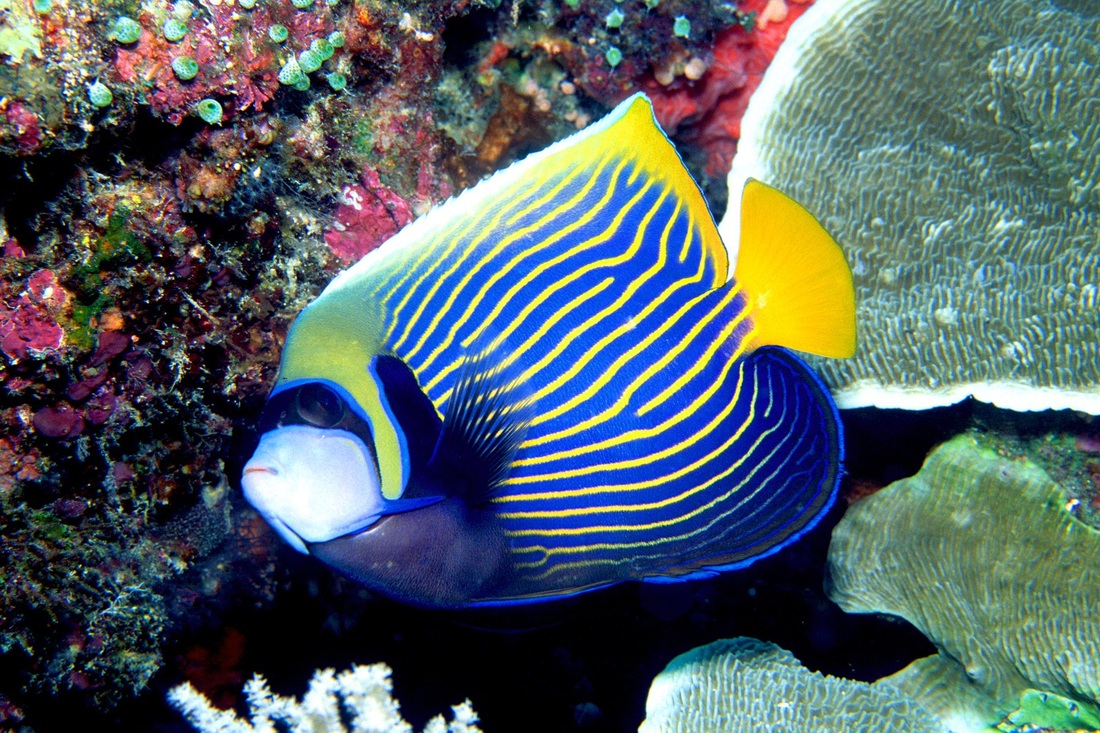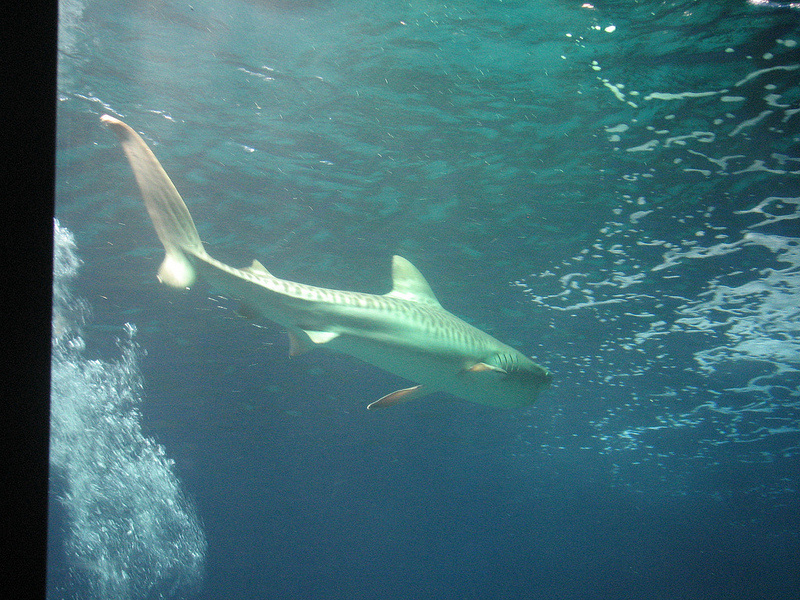Most Viewed Osteichthyes Animals You Must Know
The tail is homocercal, the vertebral column ends at the middle of the base of the caudal fin. The other group of jawed fishes are cartilaginous fishes, which are included in the class chondrichthyes.
Chondrichthyes and Osteichthyes Marine Animals
It stands out to be the class of largest vertebrates in existence.
Osteichthyes animals. This is the largest class of vertebrates. The osteichthyes, or bony fish, represent the largest taxonomic class of vertebrates in the modern world. Osteichthyes account for about 96% of all fish species.
The below mentioned article provides biology notes on class osteichthyes. There are well over 30,000 to 40,000 living species, both freshwater and marine. The class osteichthyes includes a large assemblage of true bony fishes.
Class osteichthyes has two groups: This has produced particular tissue adaptations, such as gill and scales, and a variety of body forms to exploit various niches in the aquatic environment. Skin usually covered with scales but placoid scales absent.
They are ectothermic (cold blooded). This is not surprising considering four fifths of the earth's surface is covered with water. The tail fins are homocercal type.
It is the largest class of vertebrates and includes a diverse group of marine and freshwater bony fishes. Instead of cartilage, bony fish have bones. Thus they have bony endoskeleton.
Mugilidae) are a widespread euryhaline fish species that harbor different parasites, thus representing a suitable model for the study of. Animal kingdom phylums trickschondrichthyes osteichthyes#animalkingdom #biologytricks#neetbiologytricks#neetupdates#neetmotivation#neetmnemonics#biologymnemo. The total numbers of fishes exceed that of all other kinds of vertebrates combined.
Fishes not included in the osteichthyes are the chondrichthyes (sharks and their relatives), the myxini (hagfishes), and the cephalaspidomorphi (lampreys). What animals are in the class osteichthyes? Members of class osteichthyes have four pairs of gills which are covered by an operculum on each side.
The skeleton of most fish is formed by bones, but the skeleton is composed of partial bone and partial cartilage in the sarcopterygii subclass. It is so diverse and abundant that it consists of 45 orders, 435 families, and 28,000 species! The body is covered with cycloid or ctenoid or ganoid scales.
However, sharks differ from osteichthyes fish. There are about 25,000 species of bony fishes. Osteichthyes belongs to kingdom animalia and consists of all bony fishes.
Males without claspers, fertilization is external. Osteichthyes includes the largest number of living species of all scientific classes of vertebrates, more than 28,000 species. The scientific term pisces has also been used to identify this.
Although the tetrapods (including birds, reptiles,. The endoskeleton is cartilaginous in the embryonic stage, but in the adult forms more or less it is replaced by bones. Gill slits covered by operculum.
Dwarf pygmy goby ( pandaka pygmaea ) Air bladder is present which regulates buoyancy. Osteichthyes is a class of jawed fishes having a bony endoskeleton.
There are over 29,000 species of bony fish found in freshwater and marine environments around the world. Spiral valves absent in intestine. Chondrichthyes is subdivided into two subclasses:
Of cartilage and is represented by the sharks, skates, and rays (the elasmobranch fishes) and. Osteichthyes, or bony fishes, includes two major groups: Heart is twochambered and they are cold blooded animals.
The class osteichthyes is characterized by having a skeleton made of bone and is. Some of the freshwater forms are the carp, perch, bass, trout, catfish, sucker, etc., while the marine fishes are the tarpon, meckerel, tuna, sailfish, barracula, flying fish, etc. Bony fish are in the class osteichthyes.
Complete absence of scales in cat fish group. Comprised of the majority of fish species worldwide, while the chondrichthyes skeleton is made. One difference is that a shark's skeleton is made of cartilage instead of bone.
Different types of scales such as cycloid, ctenoid or ganoid scales are seen on the body. The mouth is apical in position. Bony fish also have a swim bladder.
Sexes are separate, fertilization is usually external,they are mostly oviparous and development is direct. Fish have evolved to manage essential life processes in water. Bony fish differ from fish like sharks and rays in the chondrichthyes class.
Class osteichthyes (the bony fish) is the largest class of vertebrates with over 20,000 species. Osteichthyes is a class of fishes included in the division. Sharks are fishes and most have the typical fusiform body shape.
Bony fishes (osteichthyes) are a diverse and large group that have an ossified endoskeleton.
chondrichthyes and osteichthyes
chondrichthyes and osteichthyes

Chondrichthyes and Osteichthyes Marine Biology

A.R.I AQUATIC RANGER INSPIRATION OSTEICHTHYES

Osteichthyes Population Level Animal Biology Spring 2011
Phylum Osteichthyes ANIMAL KINGDOM
Orders within Class Osteichthyes Osteichthyes

Osteichthyes vs. Chondrichthyes, Bony vs. Cartilaginous

index photos of fishes (Osteichthyes and Chondrichthyes
Chondrichthyes and Osteichthyes
chondrichthyes and osteichthyes

bony fish Encyclopedia of Life
Chondrichthyes and Osteichthyes Marine Biology

Chondrichthyes and Osteichthyes

Chondrichthyes & Osteichthyes Marine Facts
Chondrichthyes and Osteichthyes Marine Biology



Post a Comment for "Most Viewed Osteichthyes Animals You Must Know"